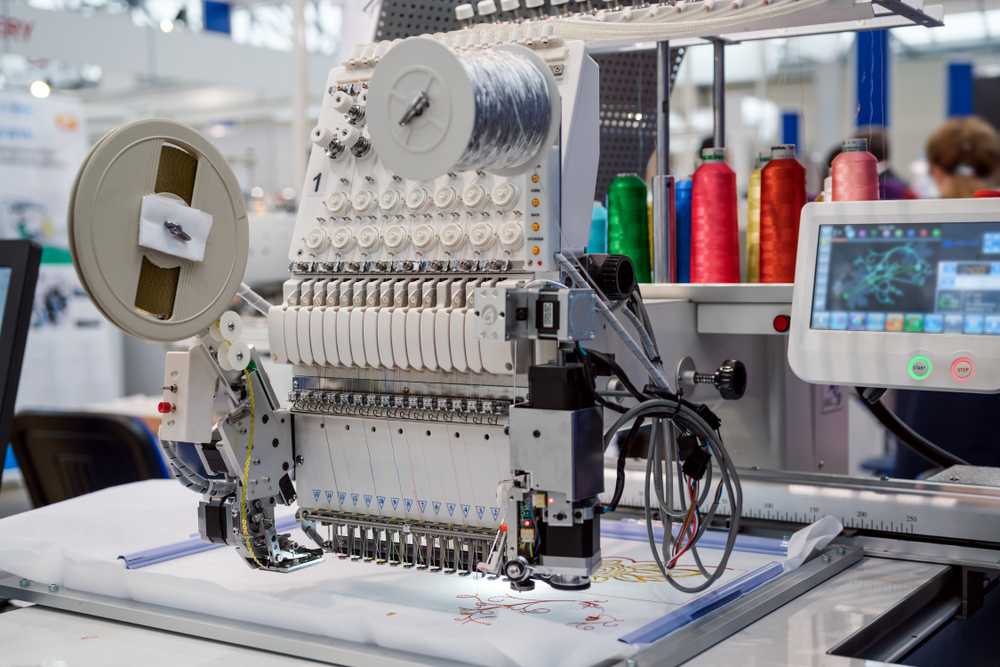Economical Digitizing for Embroidery: Precision and Detail
Economical Digitizing for Embroidery: Precision and Detail
Blog Article
Check Out Various Kinds Of Needlework Digitizing Techniques
Needlework digitizing has actually evolved substantially over the years, offering a myriad of techniques to bring styles to life in the digital realm. The world prolongs to a lot more innovative strategies like photorealistic needlework digitizing and the remarkable realm of 3D embroidery digitizing.
Traditional Hand Needlework Digitizing
Conventional hand needlework digitizing involves the process of converting elaborate hand-stitched designs into digital formats for device embroidery. This technique requires knowledgeable artisans to carefully evaluate the handcrafted design and afterwards make use of specialized software program to recreate it in an electronic layout. Each stitch, shade, and detail should be carefully translated to ensure that the essence of the initial hand needlework is maintained in the digital version.
One of the key obstacles of standard hand embroidery digitizing is capturing the intricacies and subtleties of the handmade layout. Digitizing for Embroidery. Artisans should possess a deep understanding of various embroidery techniques, such as satin stitch, chain stitch, and French knots, to properly reproduce these methods in the digital world. Additionally, they require to have a keen eye for detail to make certain that the electronic style maintains the very same level of artistry and workmanship as the initial hand-stitched piece
Punching Technique
To seamlessly shift from standard hand needlework digitizing to the boxing method, craftsmens should currently focus on converting the intricate digital designs into directions that embroidery equipments can translate. The boxing technique involves utilizing specialized software application to develop digital files that have commands for the embroidery equipment to follow. This process calls for a deep understanding of not simply the design itself but also the capabilities and constraints of the needlework machine.

Auto-Digitizing Software Application Programs
Needlework digitizing has actually been revolutionized by the arrival of auto-digitizing software application, offering artisans with sophisticated tools to transform electronic layouts right into needlework equipment instructions effectively. Auto-digitizing software application make use of formulas to analyze digital images or vector files and generate embroidery designs immediately. These programs enable for quick and precise conversion of complex layouts right into stitch patterns, conserving time and initiative for embroiderers.
Among the vital advantages of auto-digitizing software is its easy to use user why not try these out interface, making it accessible to both novices and skilled digitizers. These programs commonly consist of functions such as stitch editing tools, thread color matching, and the ability to sneak peek the last stitched style. In addition, auto-digitizing next software program can handle complex layouts with numerous colors and intricate information, creating premium embroidery files ideal for different garments and textile tasks.
While auto-digitizing software application provides convenience and performance, it is essential for users to recognize the restrictions of automated digitizing. Fine-tuning and hand-operated adjustments might still be needed to accomplish the preferred needlework quality, particularly when managing complex or special designs. By leveraging the abilities of auto-digitizing software together with manual digitizing methods, artisans can enhance their embroidery digitizing procedure and develop spectacular embroidered pieces.
Photorealistic Needlework Digitizing
Using innovative electronic imaging techniques, achieving photorealistic cause needlework digitizing has come to be a popular skill amongst contemporary artisans. This strategy involves converting high-resolution photos into detailed stitch patterns that very closely resemble the original design, causing embroidery pieces that show lifelike detail and deepness.
To attain photorealistic embroidery digitizing, artisans need to have a keen eye for detail and a thorough understanding of exactly how different stitch kinds and thickness can affect the final result. By very carefully drawing up each color and shade in the picture, embroiderers can develop an electronic data that overviews the needlework device to replicate the nuances of the original photo precisely.
Photorealistic needlework digitizing is especially popular in creating custom-made layouts for garments, home decor, and art pieces where capturing the essence of a photograph or artwork is important. This strategy go to this site permits craftsmens to change memories, landscapes, pictures, and intricate art work into spectacular embroidered work of arts that display a blend of standard craftsmanship and advanced innovation.
3D Needlework Digitizing
With the advancement of digital imaging strategies in attaining photorealistic lead to needlework digitizing, the exploration of 'D Needlework Digitizing' offers a brand-new measurement to the intricacies of layout duplication. 'D Needlework Digitizing' describes the three-dimensional digitizing method that adds depth and appearance to needlework styles, creating an extra practical and aesthetically attractive end product. This strategy makes use of software application that mimics the effect of light and darkness on the embroidery design, boosting its general visual influence.
One of the vital advantages of 'D Embroidery Digitizing' is its capacity to make styles look more natural and dynamic. By adding deepness to the embroidery design, the last product appears more practical and fascinating (Digitizing for Embroidery). Additionally, this strategy enables for even more innovative liberty in style execution, making it possible for embroiderers to explore various structures and results that were formerly challenging to accomplish
Conclusion

Report this page